It has long been the car for the prosperous – the premium sedan with unequalled class and an impressive bloodline. But the Mercedes-Benz E-Class has lately become a victim of its own success, upstaged by sharper and younger competitors, deposed as the crown prince of million-dollar apartment car parks.
And although it doesn’t really matter that ubiquity faces this latest W212 iteration, it certainly is important that the evolutionary E-Class should win its spurs as the most comfortable and rounded mid-sized luxury cars around. The standard range of E 200 and E 250 – both in Avantgarde trim this time – should see to that.
For many, Mercedes defined the premium executive class long ago with the E-Class and its long line of predecessors. The market has since been swamped by talented upstarts, but is it just a case of definitely maybe, as the latest facelifted W212 arrives to clean up in Malaysia? Read on to find out.
Reflecting its pedigree, the E 200 – the likely best-seller in the locally-assembled range – is priced at RM366,888, and is hardly a stripped-out price leader as the various base models before it. As irrelevant as it may be in this price bracket, that makes it close to RM2,000 cheaper than the equivalent BMW 520i LCI.
Going up against the 528i M Sport LCI is the E 250 Avantgarde, and here again the Mercedes undercuts its Munich rival – RM405,888 plays RM419,800. There are significant caveats though, as the Bimmer comes with 34 extra horses (but the same torque) and is dressed in full M Sport package inside and out.
To get the corresponding AMG Sports package, you’ll have to up your budget to RM493,888 for the range-topping E 400. That nets you a 333 hp/480 Nm 3.0 litre turbo V6 instead of the 2.0 litre turbo fours in the models above, so that’s another ballgame altogether, which we will cover at a later date.
For now, it’s time for the E 200 and E 250 variants of the W212 Mercedes E-Class facelift range to prove their worth. The outgoing models have been around since 2009, and though still formidable, needless to say they’re getting on a bit. Something’s got to change, then, and quite a few things have.
This time around, Mercedes’ great strengths of solidity and quality are paired with newfound flair and fun to take on the beguiling 5 Series and all its allures – glamorous, exciting and above all, uplifting to drive. All the improvements team up to give the BMW an honest fight, if not a bloody nose.
The latest E-Class’ opinion-dividing styling has already been the subject of much analysis, so let’s keep things simple here. Imagine a down-scaled W222 S-Class wrapped in the current-shape E-Class, and you’ve got the broad picture. It’s certainly adventurous in style, this facelift, but it still exudes class and bearing.
Gone are the four separate lenses up front, replaced by huge one-a-side headlight clusters. Mercedes claims that the flowing LED daytime-running light elements within the units ensure that the “four-eyed” look, typical of the E-Class, has been graphically retained. We say it’s different, if not exactly better, than before.
Paired with the largely-unchanged rear end, the bold, individualistic visage look untidily lop-sided. It appears as if each end had been designed independently of each other, then forced to sit together on the same car, which is probably not very far from the truth. Like the later incarnations of the R230 SL-Class, it’s unfortunate to fall in between two distinct eras of Mercedes design languages.
It’s a case of damned if you do, damned if you don’t, really. Mercedes had already tried to reinvent the wheel with the original W212 E-Class (to good effect), and to upstage that proved to be a lot tougher than BMW’s task of updating its F10 5 Series, which was comparatively conservative even five years ago.
Still, the Merc’s wider stance, massive star grille and conjoined headlights instil terrific road presence. A classic beauty it definitely isn’t, but you’d get noticed in one of these, which is more than can be said of the omnipresent 5er, now even more so post its blink-and-you’ll-miss-it LCI (BMW-speak for mid-life update).
Less noticeable but even more significant are the changes under the hoods. While Jaguar is just joining the engine down-sizing party with its XF and XJ models (using Ford-sourced motors), Mercedes engineers have mastered it long before it was cool. Who knew the folks over at Stuttgart are such hipsters.
Thus, the latest E-Class gets Mercedes’ third-generation down-sized petrol engines, labelled BlueDIRECT. This new turbocharged family replaces the older CGI mills, which in turn superseded the original Kompressor range. Novelties on this one include spray-guided direct-injection and multi-spark ignition, among others.
Both the new E 200 and E 250 now use 2.0 litre turbocharged four-cylinder units, in place of the old 1.8 litre lumps. Naturally, then, their outputs soar higher than before. The base model retains the same 184 hp power figure, but now with 30 Nm more torque, at 300 Nm, achieved much lower in the rev range than before.
The E 250 step-up boasts higher power and torque figures. It now has 211 hp and 350 Nm of torque, as opposed to the older engine’s 204 hp and 310 Nm. Standard on both new models is a 7G-TRONIC seven-speed automatic transmission. That’s one gear down on BMW’s ZF eight-speeders and two down on Merc’s own new 9G-TRONIC.
With such modest upgrades, the biggest gains are in fuel efficiency rather than outright performance, which you can study in detail here. In fact, the new E 200 is no quicker than before – same 7.9-second 100 km/h time – while its 233 km/h top speed is only 1 km/h faster. Good to know, then, that it’s 10% more efficient at 5.8 litres per 100 km.
These figures compare favourably to the BMW TwinPower Turbo-powered 520i, which does 0-100 km/h in 8.0 seconds, has a 226 km/h top speed and is claimed to average 6.4 litres per 100 km. A Mercedes that goes faster and use less fuel than the equivalent BMW? It’s a win-win all around.
Also claimed to return 5.8 litres per 100 km (12% less than before), the new E 250 gets to 100 km/h in 7.4 seconds, an improvement of 0.3 seconds. Likewise, top speed jumps up 3 km/h, to 243 km/h. That’s significantly more efficient than the BMW 528i (6.8 litres per 100 km), but slower by the same margin too (0-100 km/h in 6.3 seconds, 250 km/h top speed).
There’s no need for a stopwatch, actually. You can tell from its smooth, near-effortless pick-up that the facelifted E-Class is a faster breed than the one it replaces. Yes, even the E 200, despite its identical performance claims, feels better than before through the seat of your pants. There’s a lot more down low now.
The ultra-slick transmission no longer needs to mask the top-end peakiness of the old powerplants, or its languor in the lower rev reaches. The previous impression of sluggishness compared to the equivalent BMWs is now vanquished, as the new engines waft along quietly as you’d expect of a Mercedes-Benz.
Each gear slurring imperceptible into the next, engine humming sweetly, both models belie their modest specifications with a newfound gutsiness. The torque hikes translate well on the roads – there’s now a muscular eagerness about the way the engines react to your right foot.
Just like on the BMWs, you’ll no longer miss having a six-cylinder engine up front, as even when lumbering around in top gear, the BlueDIRECT mills get on with the job with endearing spirit and little noise. Press on, and the engine responds with a smooth and discreet soundtrack that would please the driver, but perhaps not the passengers.
Driving one of these, you naturally head out to the open highways rather than tight back roads. It seems the appropriate thing to do. It’s not that the E-Class is incompetent in the chassis department. It’s just that the F10 5er has a small advantage over the Mercedes because its quicker steering is a tad sharper and more alert.
Where smaller, more delicate input would suffice in the BMW – and to a lesser degree, the Jaguar XF too – the E-Class requires a bigger commitment. Comparisons to its more dynamically-sound rivals aside, though, it feels very mature and sophisticated, combining an exemplary ride with adequate, idiot-proof handling.
There’s one major snag, however. Whereas you’d expect a car this size to feel imperturbably steady, both models, which run on an identical passive suspension system (non-adjustable), are surprisingly susceptible to slight twitching of the rear end through quick undulating corners.
If you like the occasional back road blast (and for whatever reason insist on having a big executive sedan like this), get the BMW 5 Series. Or the Jaguar XF. Or even the Lexus GS for that matter. As far as outright handling goes, the Mercedes-Benz E-Class trails them all, but betters the Audi A6 (lifeless steering) and Infiniti M/Q70 (more boat-like than sports sedan).
No, you’d buy the Mercedes for its static accommodation and dynamic comfort. It’s still the one to have to be chauffeured in, what with its hugely comfortable seats and, by class standards, above average head- and legroom. The boot is cavernous too, at 540 litres (20 litres more than the F10 BMW), while the retractable drop down “basket” is a super-convenient addition.
Noise and refinement? Driven with restraint on smooth roads, the E-Class is very quiet. When the going’s rough, though, the wind and tyre roar can be aggressive intruders, especially on the E 250 with its low profile Bridgestone Potenza RE050A tyres – 245/40 R18 up front and 265/35 R18 at the back.
That’s not exactly what you’d expect from a car bearing the three-pointed star, that’s for sure, and you’d be surprised to find that the 5 Series is marginally more refined, and even more comfortable. Bosses, get the driver to take things slowly, and swap the high performance tyres for comfort-biased ones, for the E-Class is not built for corners, nor should it be equipped for such antics.
Up front, the sombre black dashboard – now mostly covered in leather – is an object lesson in quality, not clarity. There’s a clinical efficiency to the general button layout – with crisp switchgears and nice instruments – but the COMAND system is still as clunky to use now as it was when it was first introduced.
While BMW’s iDrive has evolved (with dedicated function keys around the new touch-sensitive controller) to what is now considered the industry standard bearer for such systems, Mercedes’ COMAND has hardly been improved at all. The screen and the view behind the new steering wheel look nicer now, but they all work the same way as before.
Alas, that’s just nitpicking. After all, it takes all but a few hours to get used to the way it works, and the traditional buttons on the fascia offer an alternative way to work most of the available controls. And at its worst, it’s still miles better than Lexus’ infuriating Remote Touch system and the low-res touch-screen display you get in the Infiniti M/Q70.
And that’s how the rest of the car is, really. It’s good at what it does (classy image, road presence and improved engines), even great at times (class-leading fuel efficiency, ride comfort, build quality), but its overall appeal is tinged by minor disappointments (so-so handling, lapses in refinement and ergonomic issues).
The exterior additions, regardless of what you think of it, adds masses of youthful zeal to the traditional Mercedes-Benz E-Class that we all know, and most of us love. At its core, however, it remains the old dependable – solid, comfortable, safe, dependable and ultimately, unexciting.
As beguiling entertainment, as a car to flirt with, it hardly registers a twitch on the grin scale. But for those of mature years who put the Mercedes’ age-old virtues above character and verve, the W212 E-Class facelift is an admirable means of transport – and a terrific car to own. And there’s absolutely nothing wrong with that.
Looking to sell your car? Sell it with Carro.

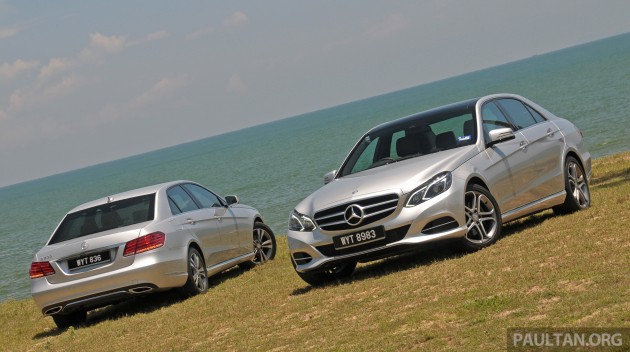

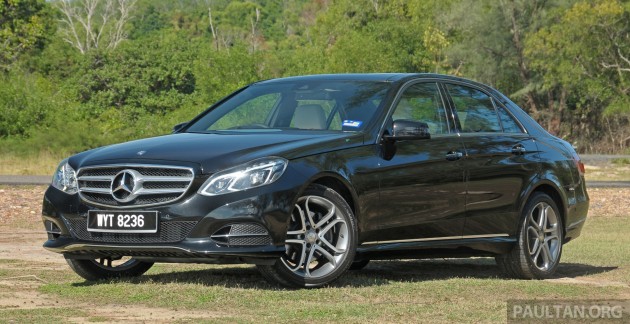


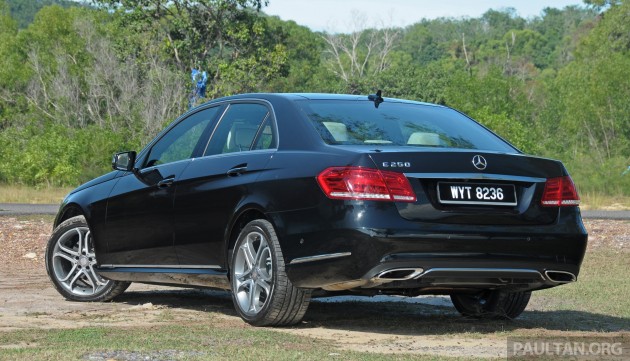



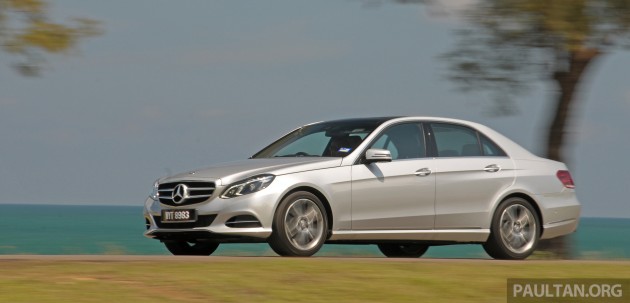







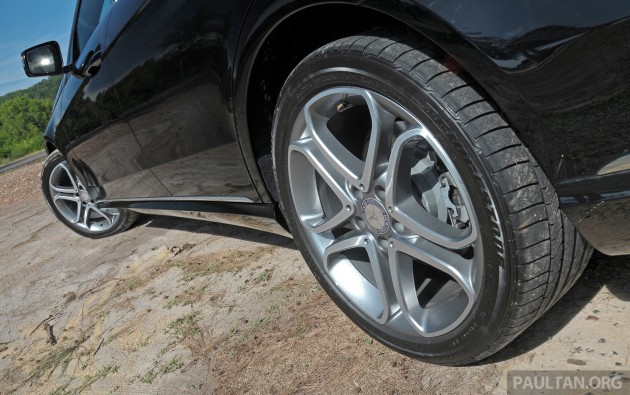
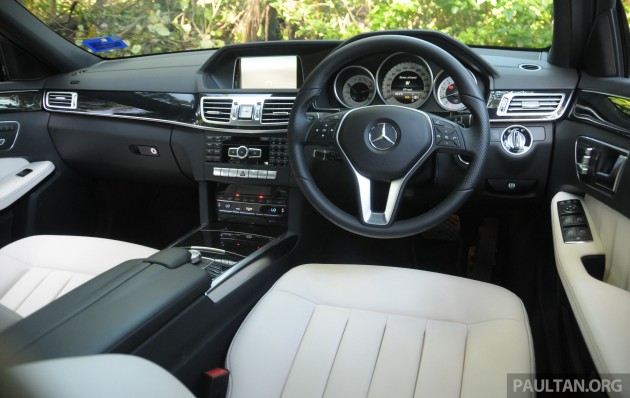
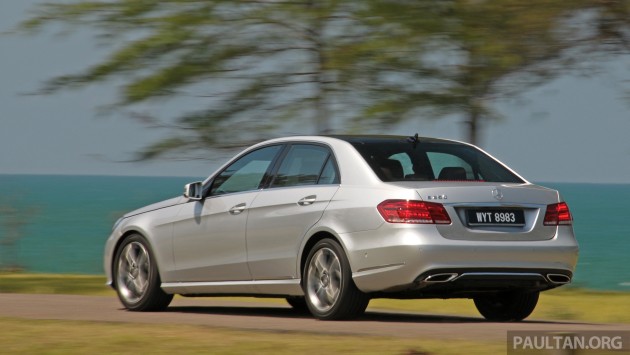
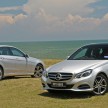
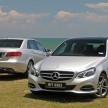
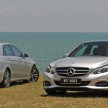
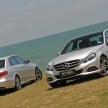
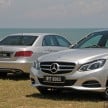
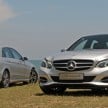
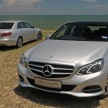
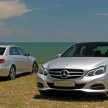
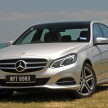
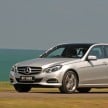
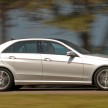
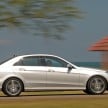
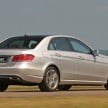
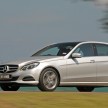
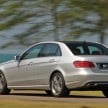
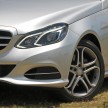
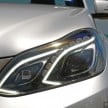

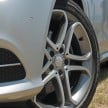
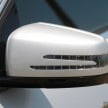
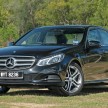
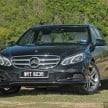
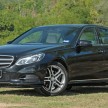
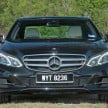
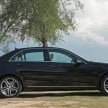
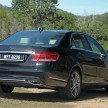
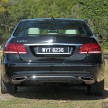
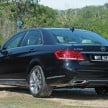
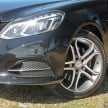
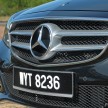
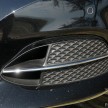
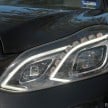
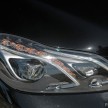
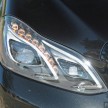
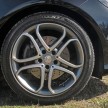
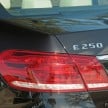
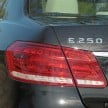
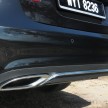
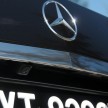
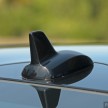
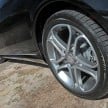
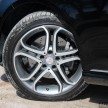
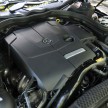
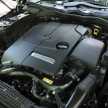
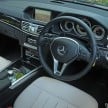
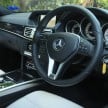
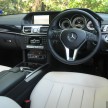
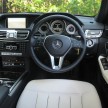
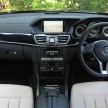
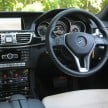
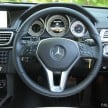
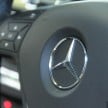
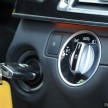
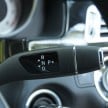
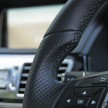
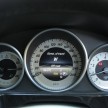
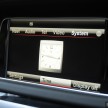
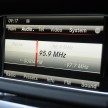
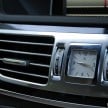
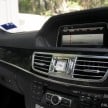
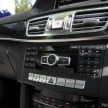
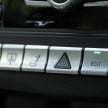
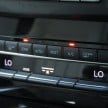
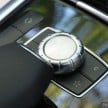
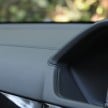
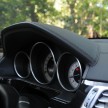
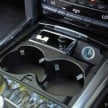
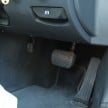
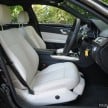
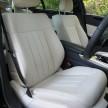
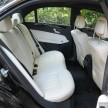
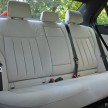
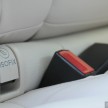
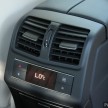
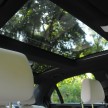
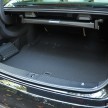
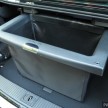
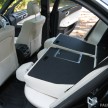
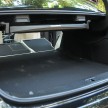
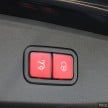










































AI-generated Summary ✨
The comments largely focus on the Mercedes E-Class facelift, with viewers praising its modern front design and luxurious feel but criticizing the rear end and quality of certain features like the rear lights and interior controls. Several mention the car’s comfort and fit-and-finish comparisons with the BMW 5 Series, implying the E-Class offers superior luxury but is less sporty. Many comments highlight the significant depreciation and aggressive pricing strategies by MB Malaysia, discouraging new purchases due to value loss. Reliability concerns and concerns about parts durability appear, especially in comparison with Japanese and other European brands like Volvo. Overall, the respondents express admiration for the E-Class’s premium status but critique its design choices, quality perception, and the dealership experience, wishing for better warranty and aftersales support.